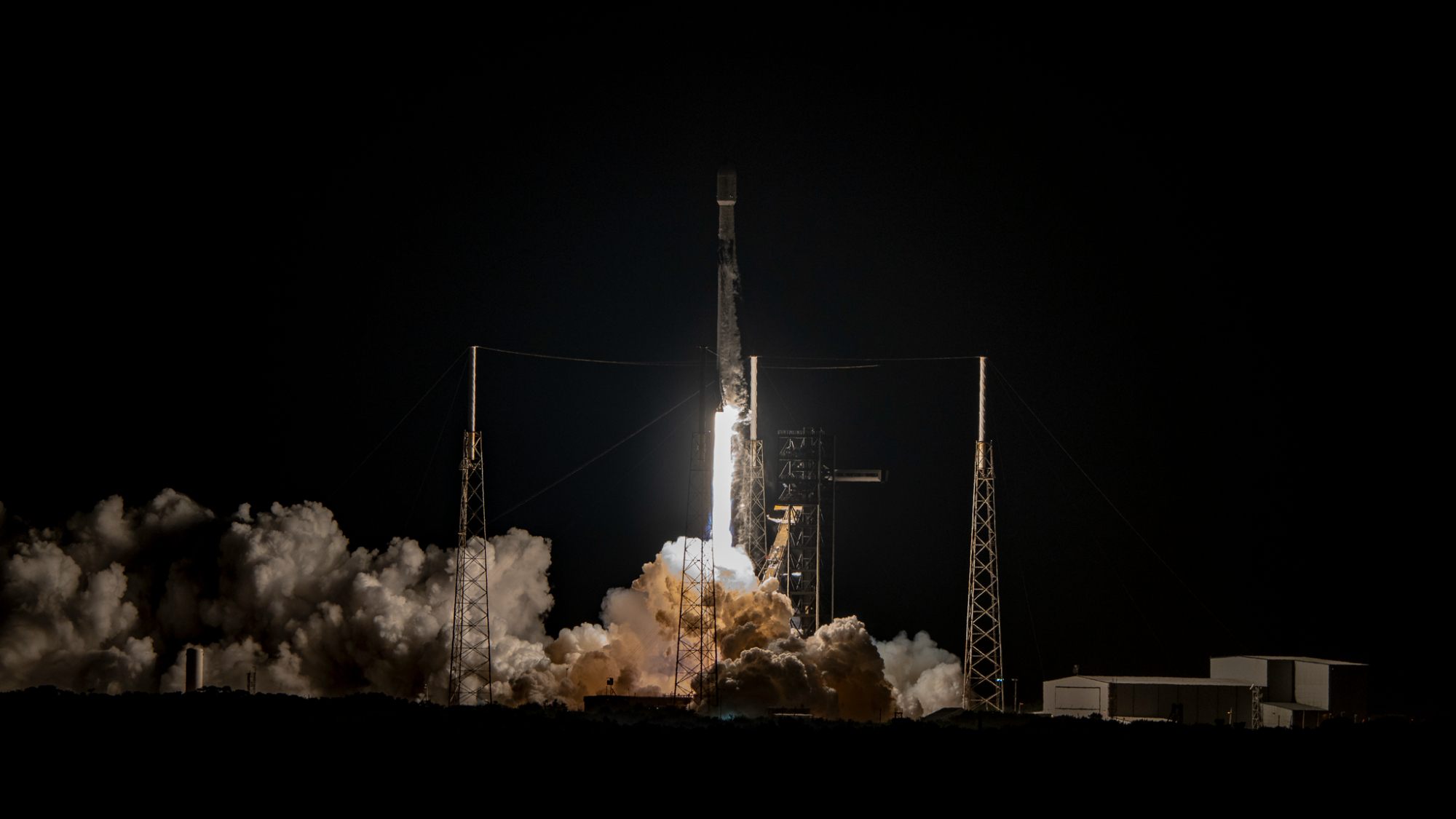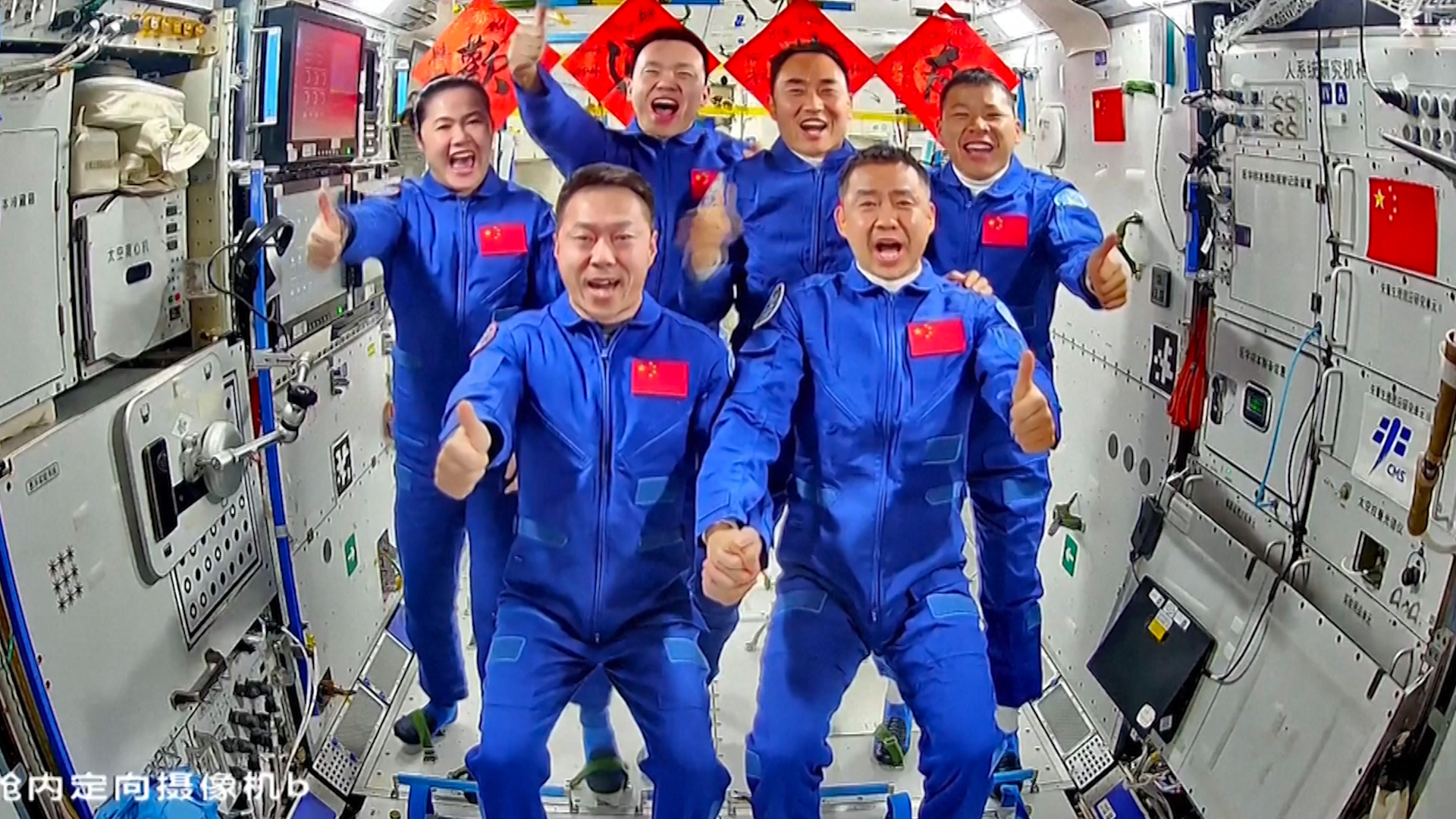NASA Launch Software Goes From the Simulator To the Classroom
NASA has converted the space shuttle simulator software used to train astronauts into an educational tool for teaching middle school students how to apply their math, science and engineering knowledge.
The program, called the Kennedy Launch Academy Simulation System (KLASS), allows students to play the role of mission control engineers for a simulated space shuttle launch.
In the KLASS program, the students use their math and science skills to manage the shuttle?s engines and fuel tanks, monitor the virtual astronauts? physical states, and weigh the cost of delay against the risk from weather, said Chuck Lostroscio, a NASA software engineer who helped design the shuttle simulator that trains astronauts.
KLASS combines a networked computer simulation that uses actual atmospheric, medical and engineering data from previous launches with a set of scenarios designed by NASA?s educational advisors. Each scenario forces students to navigate launch problems with solutions that require different science and math skills, said Theresa Martinez, NASA?s education technology project manager.
And if the students successfully solve those problems, they get to watch a video of a rocket launch, and see how a launch affects the different space shuttle systems in real time.
?We've almost had students run outside looking for the rocket after they launch it, so it gets pretty immersive,? Lostroscio said during a phone interview.
Lostroscio dreamed up the program in 2002 as a way to show children the real world applications of the seemingly abstract concepts they learned in science class. After convincing NASA to fund the salaries of some collaborators, Lostroscio managed to create KLASS for only $1,000 by combining a simplified version of the official shuttle simulator software with some open source educational and graphics computer programs.
Get the Space.com Newsletter
Breaking space news, the latest updates on rocket launches, skywatching events and more!
The KLASS software is entirely open source, and available for free download from the NASA website. Educators only need a Linux-capable central computer to run the main KLASS software, and a network of Windows PCs for the students to work on. The program can accommodate as few as five or as many as 30 students, and can run as a year-long curriculum or a single day activity, Martinez said.
But more than the ease of use or the accuracy of the simulations, it?s the power of the space shuttle to draw children?s attention that remains KLASS? most useful feature.
When you think high technology, you still think of the shuttle program, and kids are still impressed with that,? Lostroscio said.
Join our Space Forums to keep talking space on the latest missions, night sky and more! And if you have a news tip, correction or comment, let us know at: community@space.com.
Stuart Fox currently researches and develops physical and digital exhibit experiences at the Science Liberty Center. His news writing includes the likes of several Purch sites, including Live Science and Live Science's Life's Little Mysteries. He's a former contributing writer for Space.com in the areas of Technology, Satellites, and Human Spaceflight. His works also appeared online for SpaceNews and Popular Science.









